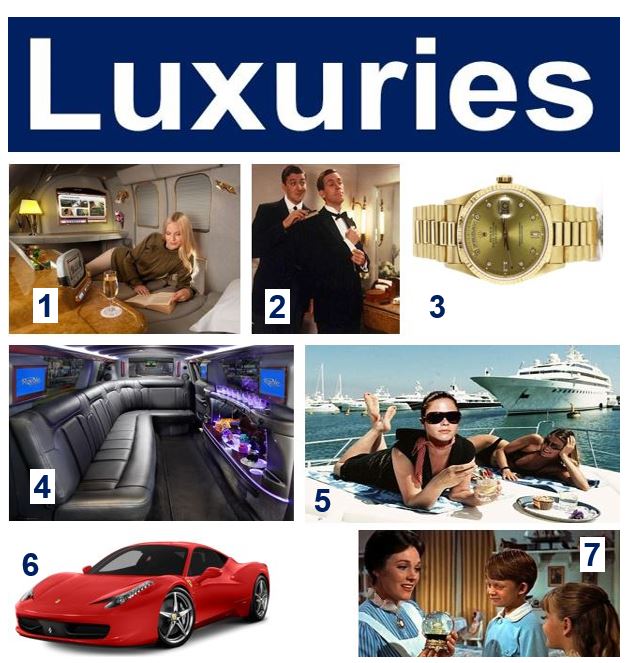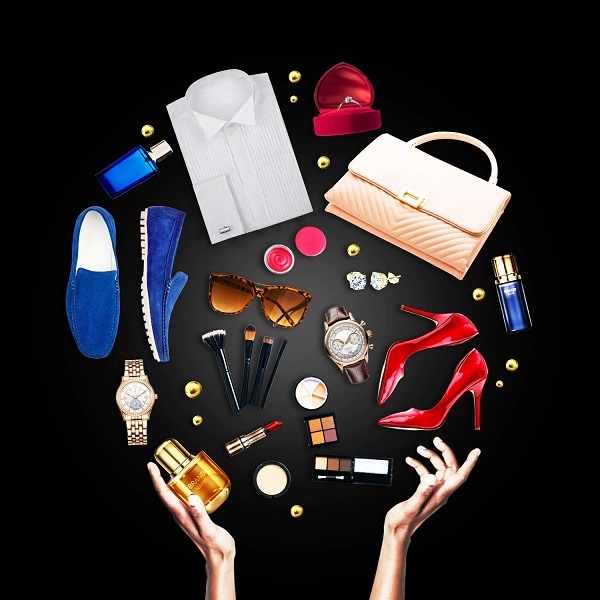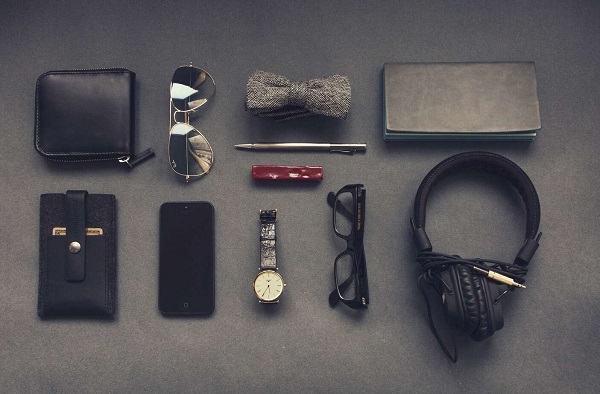
Top Luxury Items, additionally called superior goods, are items with a demand that is straightforwardly identified with shopper pay dramatically. As such, when purchasers’ pay increases, they buy more of these products and vice-versa
What are the Top Luxury Items?
A luxury item isn’t essential to living, yet it is considered exceptionally desirable within a culture or society—demand for Top Luxury Brands in the World increments when a person’s wealth or pay increments. Typically, the more significant the percentage increase in pay, the more prominent the rate increment in luxury items.
Since Top Luxury Brands are costly, wealthy people are lopsided customers of luxury merchandise. The individuals who are not affluent don’t usually purchase luxury products since a more superior level of their pay goes to need-based expenses to live. Top Luxury Brands in the World 2020 can be viewed as excellent utilization, which is the acquisition of merchandise basically or exclusively to flaunt one’s wealth.
Let us Understand Top Luxury Items in Detail

In the U.S., specific luxury items might depend upon a particular tax or a “luxury tax.” Luxury taxes are viewed as reformist since they typically influence people with top-level salaries or net wealth. Luxury things have a pay versatility of interest, which means as and when people get more well off, they may buy more extravagance things.
Moreover, the demand for Top Luxury Brands in the World would diminish if there is a decrease in pay. For instance, expanding the cost of a perfume bottle can bring about expanded apparent value, thereby making sales increment versus a dip in sales.
Luxury items can likewise apply to service providers, for example, full-time cooks and maids. A couple of monetary services may also be considered as luxury services as a matter of course since they are typically not utilized by people in lower-levels of pay. Top Luxury Brands in the World 2020 will likewise have unique luxury bundling which recognizes the items from a similar class of mainstream items.
Luxury Item versus Inferior Good
An inferior good is a good that encounters less interest as an individual’s pay increments. Therefore, it has a negative versatility of interest. For instance, modest, store-brand espresso would almost certainly see an increment sought after when people groups’ pay is low. In any case, when their income builds, the interest for store-brand espresso would decay as individuals settle on the more costly, more lavish espresso. Subsequently, the store brand espresso would be an inferior good.
Luxury things are not inferior goods; all things being equal, they’re the products that individuals pick to purchase when their pay increments to replace inferior goods.
A luxury good may turn into a low interest at various pay levels. For instance, if a rich individual gets wealthy enough, they may quit purchasing expanding numbers of Top Luxury Cars to start collecting planes or yachts–as, at the higher pay levels, the luxury car would turn into an inferior good.
Although the designation of a thing as a luxury thing doesn’t mean high caliber, such products are regularly viewed as the highest finish of the market as far as quality and cost.

Luxuries for the Masses
The ‘democratization’ of luxury goods has carried with it some new classifications inside the luxury market. Today, we have accessible luxury or mass luxury.
Marketing experts explicitly point those products and ventures at the working class. They frequently refer to them as the ‘hopeful class’ in advertising efforts.
As luxuries spread further down the financial stepping stool, characterizing the term has gotten more troublesome.
In 2013, the Chinese government denied luxury product adverts on its authority state TV and radio channels. Regardless of this move, seen as a raising to-date of the old and generally ineffective sumptuary laws, adverts for luxuries abound of China.
What Items Could be Considered as Top Luxury Items?
When a thing is assigned as a “luxury item,” it doesn’t consequently indicate high caliber; regarding quality and value, these things are frequently viewed as at the highest end of the market.
These things could incorporate baggage, shoes, and high fashion pieces of clothing. A few different business sectors include a luxury segment, for example, a vehicle, yacht, wine, filtered water, espresso, tea, food, watches, car, garments, jewelry, and much more.
